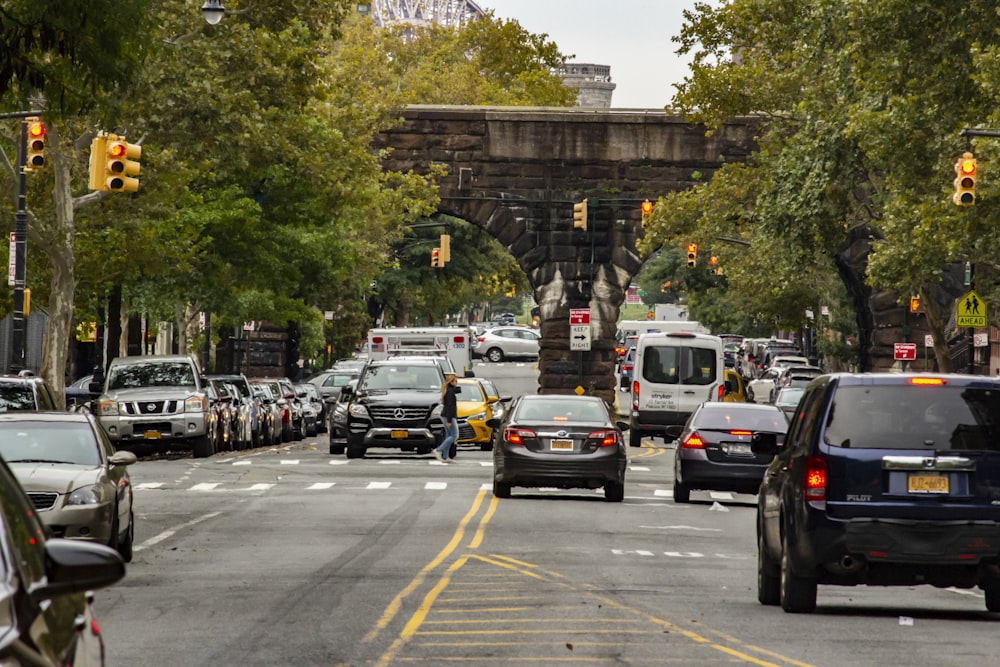Market Briefing For Thursday, Jun. 17
Vulnerability is bifurcated - just like sector rotation indicated all year thus far. It is typical to see risk increased amidst superficial optimism at high S&P levels, but that's not really what moved the market a bit Wednesday afternoon.
The interest rate on excess reserves was raised slightly, along with forecasts for higher inflation rates (by a full percentage point) for next year. Surprising? Not at all. There was no change and continued distortions caused by the Fed, which pretends that forestalling a return to tapering by 'falsely coloring' or by omissions of historical implications of incredibly bloated debt, is harmless. It may be that Chairman Powell did yeoman's work today, but markets remain shaky and should be for a few reasons, some of which I'll touch on.


The broad hint might be that the Fed will act earlier than they anticipated, well if so it's about time they think about purchasing power of a majority of citizens, and not merely how to repay our Debt with 'depreciated Greenbacks'. History does not look kindly upon prolonged spending spree excesses as we'd noted.
In the meantime the Fed is sticking to its guns about the Employment picture, which really isn't requiring their help so much now, hence the encumbering of Americans with more deferred Debt reduction approaches, is problematic. We are probably looking at the Fall, when the 'extra' unemployment benefits drop off and kids are back in school, and the Fed gets a better picture of job growth based on stimulus already in-place.

The massive jump in their inflation expectation and addition of 2 rather than 1 rate hike estimates for 2022, reflects a bit of sobering, which is good not bad. I however am slightly more hawkish than most, with respect to firming rates or just coming off politically-motivated stimulus beyond economic revival needs.
The raised GDP outlook for this year to 7% from 6.5% with rates unchanged through year-end, generally supports the idea I've expressed that the Fed for sure was needed to kick-off a recovery from last year's despair, but that's now done for the most part, with clear need for infrastructure funding but nothing in the realm of extreme public social subsidies that were helpful, though abused as reports have filtered back (as media reluctantly tells us of phone claims or abuses, and that's too bad, as at the time many Americans needed help).

In-sum:
Wall Street is sort of obsessed with what's called 'peak everything' by some, when in-reality peak markets internally was very early this year, and for that matter you cannot label this market with a broad-brushstroke label.
The Fed wants to push unemployment as low as possible, and probably with an eye on midterm elections next year, for which they want a strong economy. A loose fiscal policy and questionable headwinds related to COVID and global implications, really can't be known yet. Things obviously will be stronger if the much-feared Delta (or other) variant doesn't cause a huge new surge of COVID in the developed world. That's the economic reality rather than any political or biased media views suggesting there is no threat of a COVID resurgence.
Ideally there won't be a resurgence that can't be contained or controlled and by then we'll have a better approach to treating breakthrough cases, like MAB treatments, even though at least Eli Lilly (LLY) MAB failed being very protective, it differs from what both Merck (MRK) and Sorrento (SRNE) are working on, but might have related to softness in the other stocks, as investors aren't differentiating, yet.
This is an excerpt from Gene Inger's Daily Briefing, which is distributed nightly and typically includes one or two videos as well as charts and analysis. You can subscribe more




